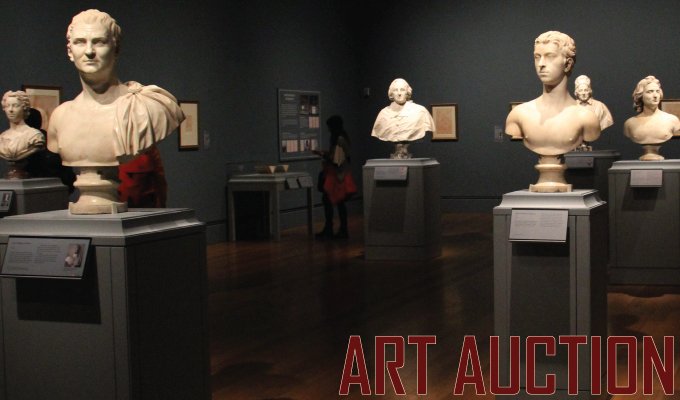
Art auctions in the USA represent a captivating intersection of artistic expression, financial prowess, and cultural appreciation. These auctions serve as vital platforms where priceless artworks find new homes, and fortunes change hands amidst fervent bidding wars.
Introduction: Understanding Art Auctions
Art auctions are events where artworks, ranging from classic masterpieces to contemporary creations, are sold to the highest bidder. In the United States, these auctions have a rich history that dates back centuries. They’ve evolved from exclusive gatherings to widely accessible events, attracting art enthusiasts, collectors, and investors alike.
Types of Art Auctions
Art auctions in the USA typically manifest in two primary formats: live auctions and online auctions. Live auctions, conducted in prestigious auction houses, allow bidders to participate in person, creating an electrifying atmosphere. On the other hand, online auctions have gained prominence, offering global access to art buyers through digital platforms.
Key Players in the US Art Auction Scene
The US art auction landscape boasts major players like Christie’s, Sotheby’s, and Phillips, renowned for their expertise in curating and auctioning art. Additionally, influential artists contribute significantly to the auction scene, with their creations often becoming the centerpieces of bidding wars.
Factors Influencing Art Auction Prices
The prices fetched at art auctions are influenced by several factors, including the artist’s reputation, artwork condition, provenance, and prevailing market trends. The allure of owning a piece by a celebrated artist or a work with an intriguing history can significantly drive up its auction price.
Top Art Auction Houses in the USA
Leading auction houses like Christie’s and Sotheby’s command attention for their distinguished specialties and extensive portfolios. These houses curate auctions that cater to various art genres, from classical paintings to contemporary sculptures, offering something for every collector’s taste.
The Process of Art Auctions
The process of an art auction involves meticulous pre-auction procedures, the exhilarating bidding process, and post-auction formalities, including the transfer of ownership and documentation. Bidders engage in competitive bidding, fueled by the desire to acquire prized artworks.
Trends in US Art Auctions
Recent trends in the US art auction sphere indicate a fusion of traditional practices with technological advancements. The integration of online platforms and digital strategies has expanded the reach of auctions, making art more accessible to a global audience.
Challenges and Controversies
Despite the glamour surrounding art auctions, challenges persist. Concerns about authenticity, forgery, and ethical dilemmas continue to plague the industry, requiring stringent measures for authentication and ethical conduct.
Impact of Art Auctions on the Art World
Art auctions significantly influence the valuation of artworks and contribute to the democratization of art by making it accessible beyond elite circles. These auctions play a pivotal role in shaping the perception and value of art in society.
Notable Art Auction Sales in the USA
Several landmark sales in the USA have made headlines, with record-breaking prices set for exceptional artworks. The auctions have witnessed the sale of iconic pieces that have left an indelible mark on the art market.
Future of Art Auctions
The future of art auctions appears dynamic, with continuous innovation and evolving trends reshaping the industry. Technology will likely play a more integral role, revolutionizing the way auctions are conducted and experienced.
Conclusion
Art auctions in the USA serve as captivating spectacles that intertwine artistry, commerce, and culture. These events not only facilitate the exchange of artworks but also contribute to the evolution of the art market, leaving an enduring impact on the artistic landscape.